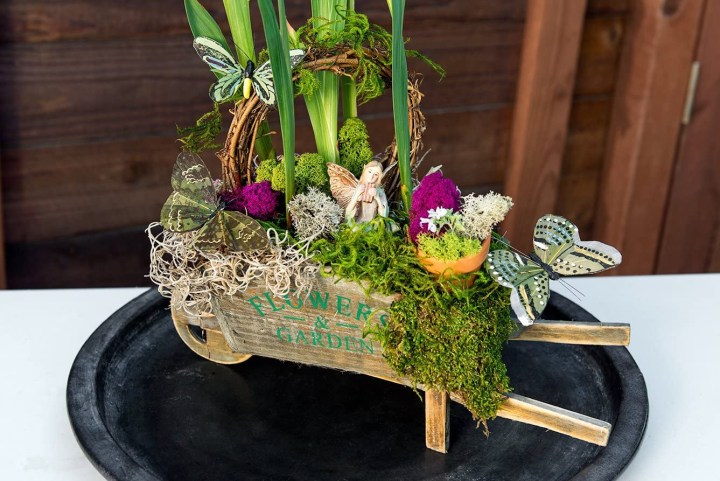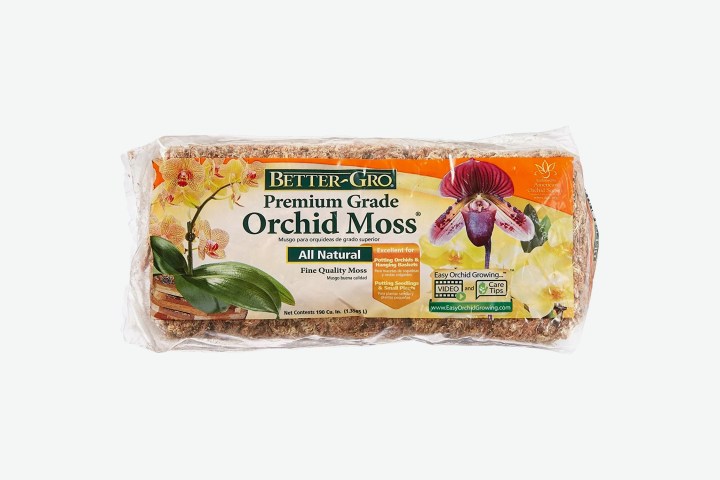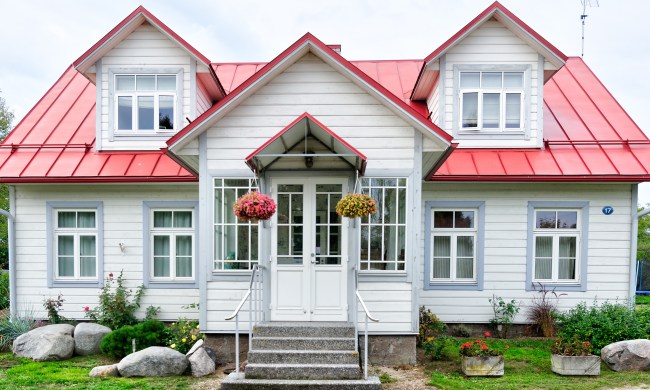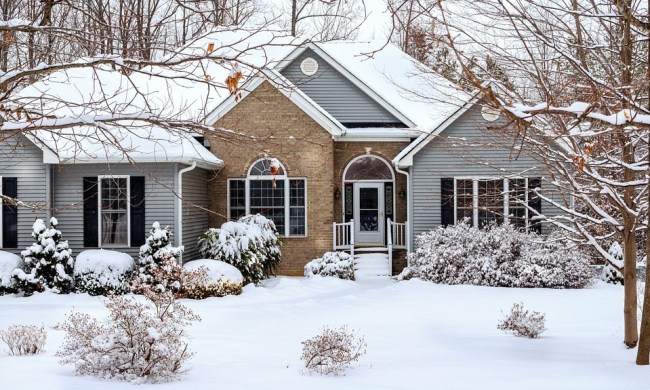Adding moss to your garden or terrarium is the easiest way to improve its look and soil quality. When preserved or dried, mosses are also a beautiful addition to crafts, terrariums, or indoor plants. We created this complete list of the best mosses to help you decide on the perfect match for your home-improvement project.
This curious plant is easy to grow and maintain. And the benefits are noteworthy: Moss prevents soil erosion, gives back nutrients to the soil, and typically grows where other plants will not. Some even act as soil for other plants to grow, like orchids or ferns. When it comes to decoration and projects, there are many preserved mosses available to help enhance your final look. Let’s dig a little deeper and look at our top picks.
SuperMoss Preserved Moss Mix
Best overall

If you’re looking to try multiple varieties of moss, consider SuperMoss’ Preserved Moss Mix. One 2-ounce pouch covers about 110 cubic inches. This mix is the best overall choice for craft projects like miniature-home decoration or faux terrariums.
Sun Bulb Better-GRO Orchid Moss
Best orchid moss

Sun Bulb offers the best orchid moss to grow orchids or securing ferns. It’s also ideal for transplanting delicate seedlings and offering an antibacterial, moist environment. One pack provides 190 cubic inches of organic moss.
Mosser Lee Spanish Moss
Best value moss

If you’re looking for the best value moss to keep indoor plants healthy, consider Mosser Lee Company’s Spanish moss. One pack alone covers 250 cubic inches, which is ideal for helping plants maintain moisture or embellishing crafts projects and terrariums.
Moss is a simple way of upgrading dish gardens, terrariums, and indoor plants. As a plant, they’re very low-maintenance and hardy. For decorative purposes, try SuperMoss or Mosser Lee Company’s preserved mosses. Other mosses also help orchids and ferns grow by preventing transplant shock and securing roots in place. For this purpose, check out Sun Bulb’s Better-GRO Orchid Moss.



